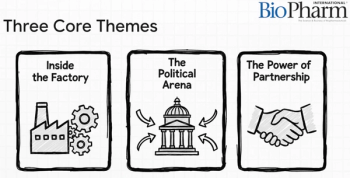
PEGylation Reagents for Drug Delivery
Gelest, a manufacturer and provider of silane, silicone, and metal-organic compounds, released a range of dual-function poly(ethylene glycol) (PEG) reagents that enable new approaches to PEGylation for bioconjugates.
Gelest, a manufacturer and provider of silane, silicone, and metal-organic compounds, released a range of dual-function poly(ethylene glycol) (PEG) reagents that enable new approaches to PEGylation for bioconjugates, reduction of surface biofouling, and formation of polymerizeable vesicles for drug transport.
These materials are heterobifunctional with an amine at one terminus, and a choice of two different species at the other terminus. One species can undergo radical reactions, and the second species can undergo hydrolytic condensation.
In addition to reacting directly with appropriate functionality of drug or protein substrates, these materials have the potential to undergo polymerization, and to form polymerizeable vesicles, stabilizing PEGylated drugs or acting as co-monomers for microencapsulated drug delivery. The polymerization can proceed by either free-radical organic polymerization or hydrolysis-condensation siloxane polymerization.
Source:
Newsletter
Stay at the forefront of biopharmaceutical innovation—subscribe to BioPharm International for expert insights on drug development, manufacturing, compliance, and more.




